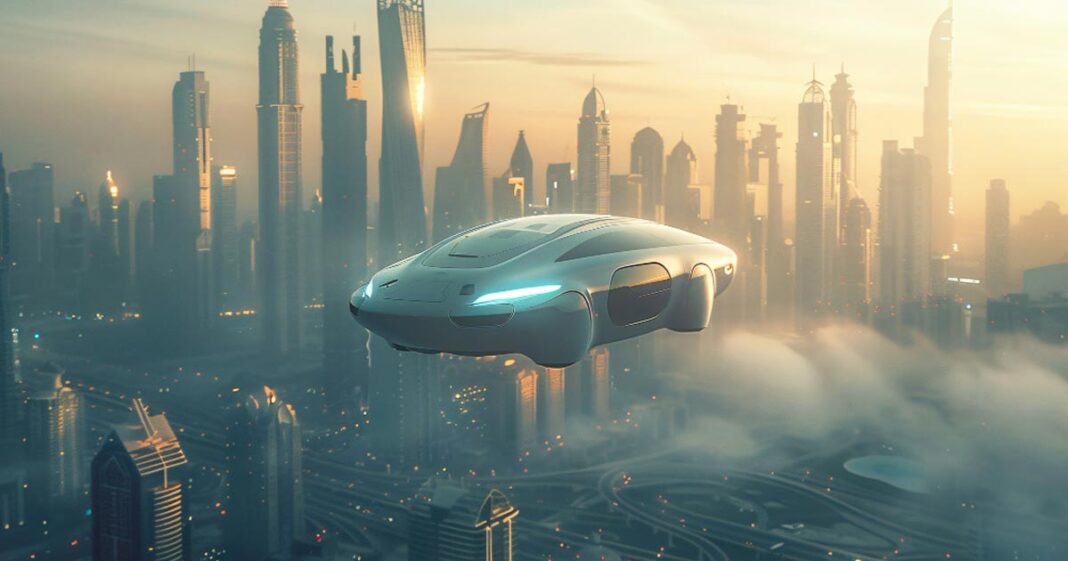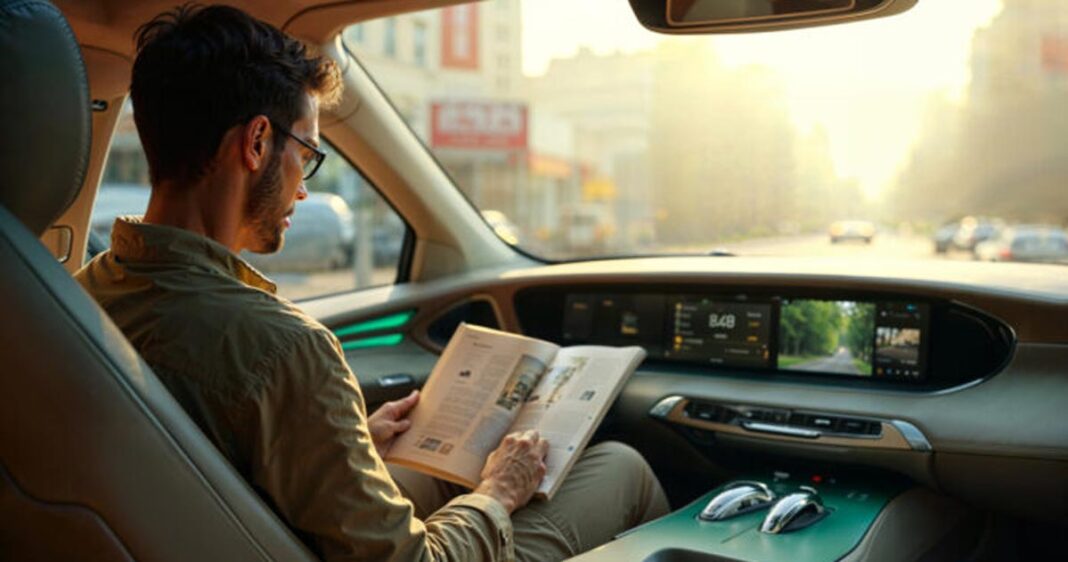From Shark Tank to Skies: Pop Culture and Flying Cars

Just a decade ago, the thought of flying cars belonged strictly to the pages of comic books and sci-fi movies like Back to the Future or Blade Runner. Fast forward to 2025, and the sound of rotors overhead might not just be a drone delivering your parcel—it could be your next ride home.
So, are flying cars real now? Can you actually hail one in India? Or is the hype flying higher than the reality? Let’s strap in and take a look.
What Exactly Is a Flying Car?
Flying cars—officially known as eVTOLs (electric Vertical Take-Off and Landing vehicles)—are essentially hybrids between helicopters and electric cars. They promise short-distance urban air travel without the noise, pollution, or pilot expertise needed for helicopters.
Unlike traditional aircraft, eVTOLs use distributed electric propulsion and advanced AI for navigation. Some require a pilot, while others are designed to be fully autonomous.
And yes, they are very real.
The World Takes Off: Where Flying Cars Are Already in the Air
In 2024, Dubai became the first city to offer limited eVTOL taxi rides powered by Volocopter, a German aviation startup. The same year, Joby Aviation in the U.S. and EHang in China completed manned test flights and secured commercial permissions for short-range urban flights.
Alef Aeronautics, a U.S. company, even got FAA certification for its “Model A” — a car that looks like a sleek sports vehicle on the ground and flies with hidden rotors when in air mode. The company opened pre-orders in late 2024, priced at $300,000.
India’s Air-Borne Dream: Yes, We’re in the Race Too
Here’s the twist in the tale: India, too, is building wings. And the pioneer? A little-known aerospace startup from Chennai called The ePlane Company, incubated at IIT-Madras.
Founded by Prof. Satya Chakravarthy and led by a team of aerospace engineers, the company has developed a compact eVTOL aircraft called e200. It’s designed for intra-city trips (up to 200 km), takes off vertically, and lands in the space of a small parking lot. In early 2025, they successfully completed a manned hover test.
The project was featured on the cover of The Economic Times, and the startup recently bagged a ₹22 crore grant from the Ministry of Civil Aviation’s “Innovation in Mobility” fund.
Even more impressive? The company was selected to exhibit at Vibrant Gujarat 2025, where it received praise from industry giants like Ratan Tata and Anand Mahindra.
In an interview with The Hindu BusinessLine, Prof. Chakravarthy said:
“Flying cars are not a fantasy anymore—they’re a solution to India’s congested cities. Imagine going from Bengaluru Airport to Whitefield in 12 minutes.”
Obstacles on the Flight Path
As exciting as it sounds, flying cars face enormous turbulence before mass adoption:
- Infrastructure: We need “vertiports” (rooftop or open-area landing pads), air traffic coordination, and energy supply systems.
- Regulation: The Directorate General of Civil Aviation (DGCA) is still forming guidelines for eVTOL airworthiness.
- Cost: Even the most affordable flying car concepts are currently priced over ₹1.5 crore.
- Public Skepticism: Trust in safety, noise, and privacy are still big concerns.
Despite this, India’s UDAN 5.0 policy, which supports air mobility between Tier 2 and 3 cities, may evolve to accommodate eVTOL corridors in the next five years.
Homegrown Talent Taking Flight
Beyond ePlane, several other Indian players are eyeing the skies:
- Vinata Aeromobility, a Chennai-based startup, unveiled its flying car prototype at the Drone Expo 2024.
- SkyRide Air Mobility, operating out of Hyderabad, is working on drone-taxi tech for private campuses and government use.
- Mahindra Aerospace is rumored to be investing in hybrid aircraft systems that could serve both defense and civilian mobility.
In recognition of this innovation boom, the Startup India Mobility Awards 2024 honored “Sky Mobility Innovation of the Year” to Vinata Aeromobility.
Flying Cars in Pop Culture: From Fantasy to Reality Show
Flying cars are also flying into Indian pop culture. In a recent episode of Shark Tank India Season 4, Vinata Aeromobility’s pitch earned not just investment but viral fame. Bollywood actor and entrepreneur Farhan Akhtar even signed on as a brand ambassador for a fictional flying taxi series inspired by real tech!
It’s no wonder that Flying India, a docuseries by Discovery+, is now streaming, chronicling India’s race to the skies.
The Final Descent: Are We There Yet?
We might not be calling flying taxis from our rooftops just yet. But we are way closer than you think.
- By 2026, several Tier-1 Indian cities may witness limited eVTOL pilot projects.
- By 2030, urban air mobility might become a viable option for VIP transport, medical emergencies, and airport shuttles.
- By 2035, it could go mainstream — especially with India’s deepening commitment to clean transport and smart cities.
Closing Line
Flying cars are no longer fantasy. They’re prototypes. Patented. Piloted. Funded. And in India’s case — they’re being built by young engineers with sky-high dreams.
So next time you’re stuck in a traffic jam in Delhi or Mumbai, look up. The future of transportation may not be on the road at all — it could be hovering right above you.





